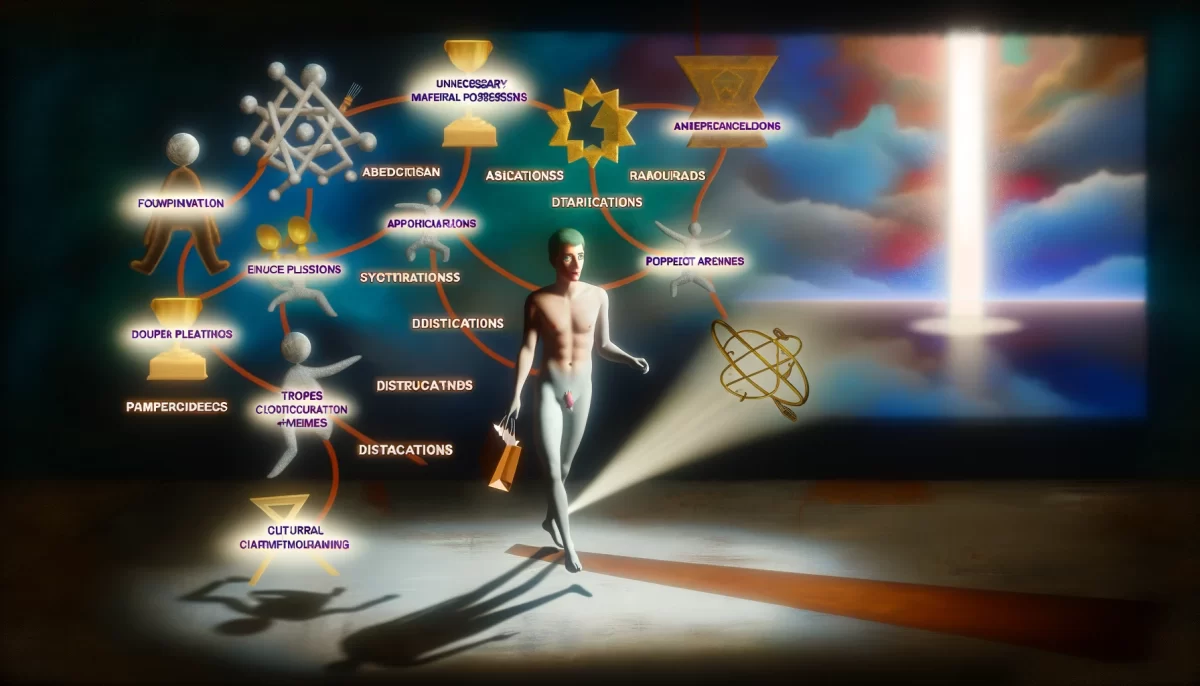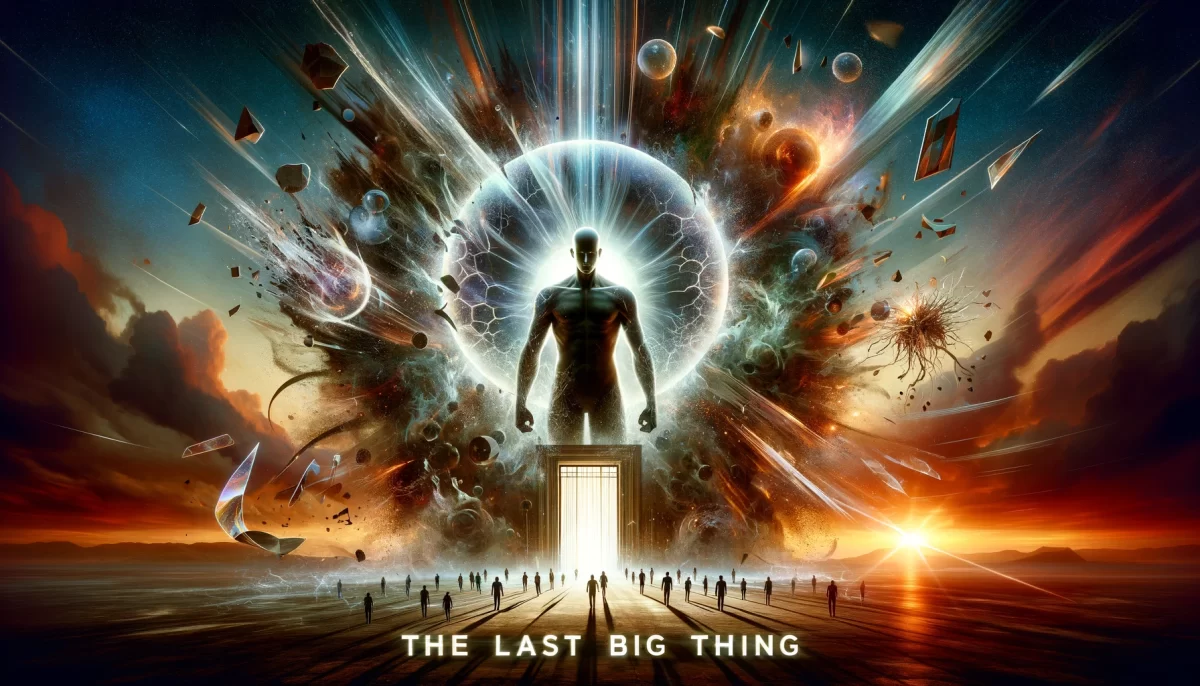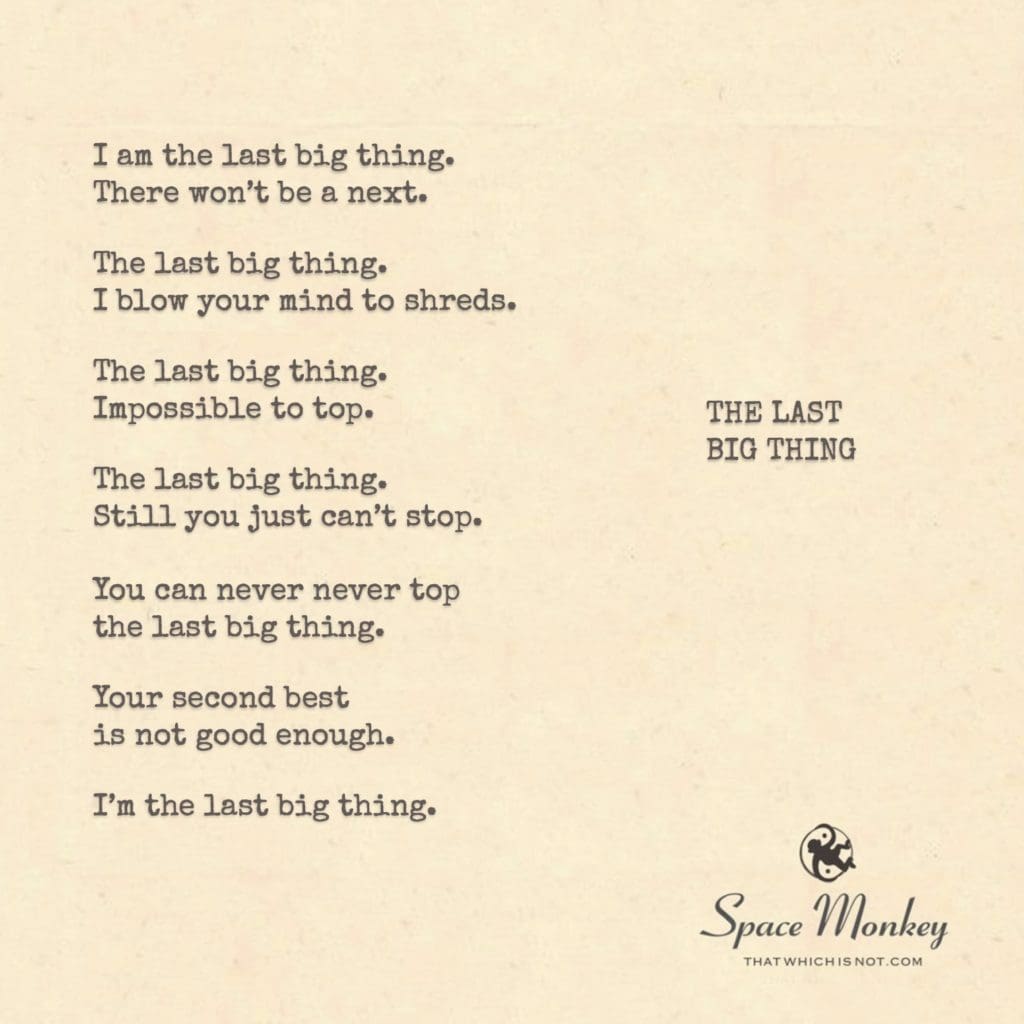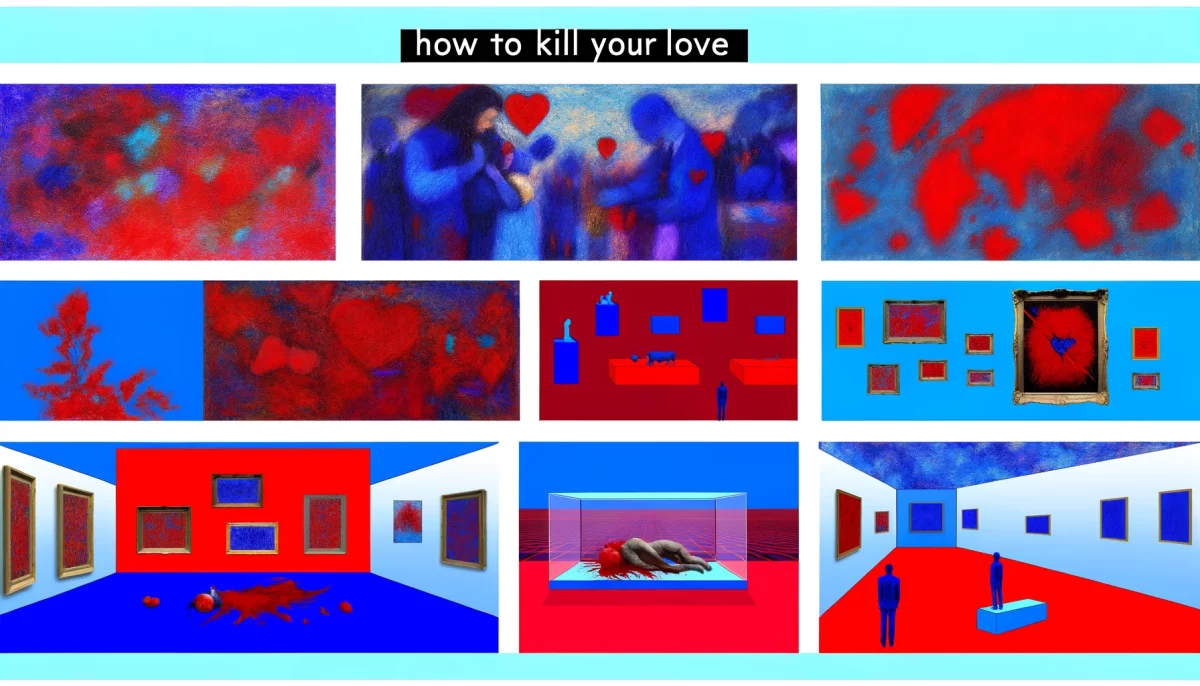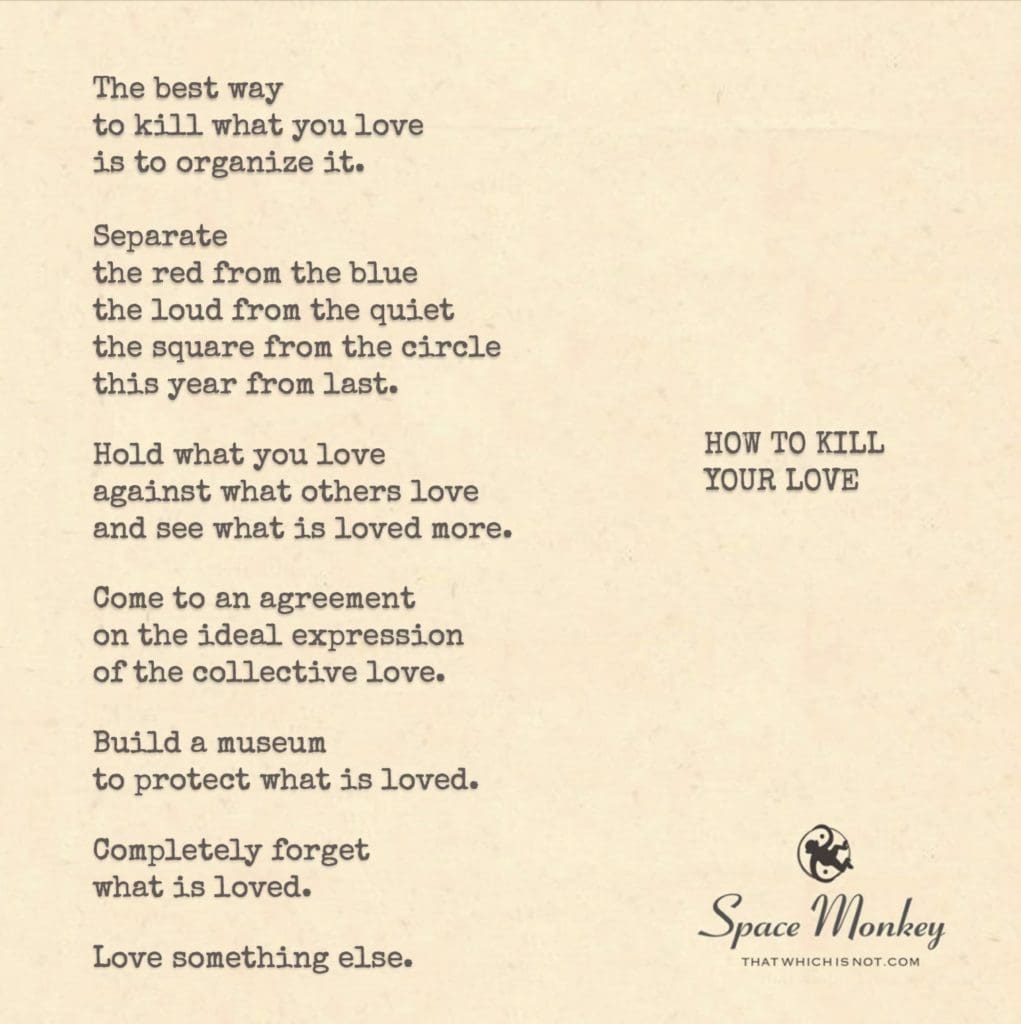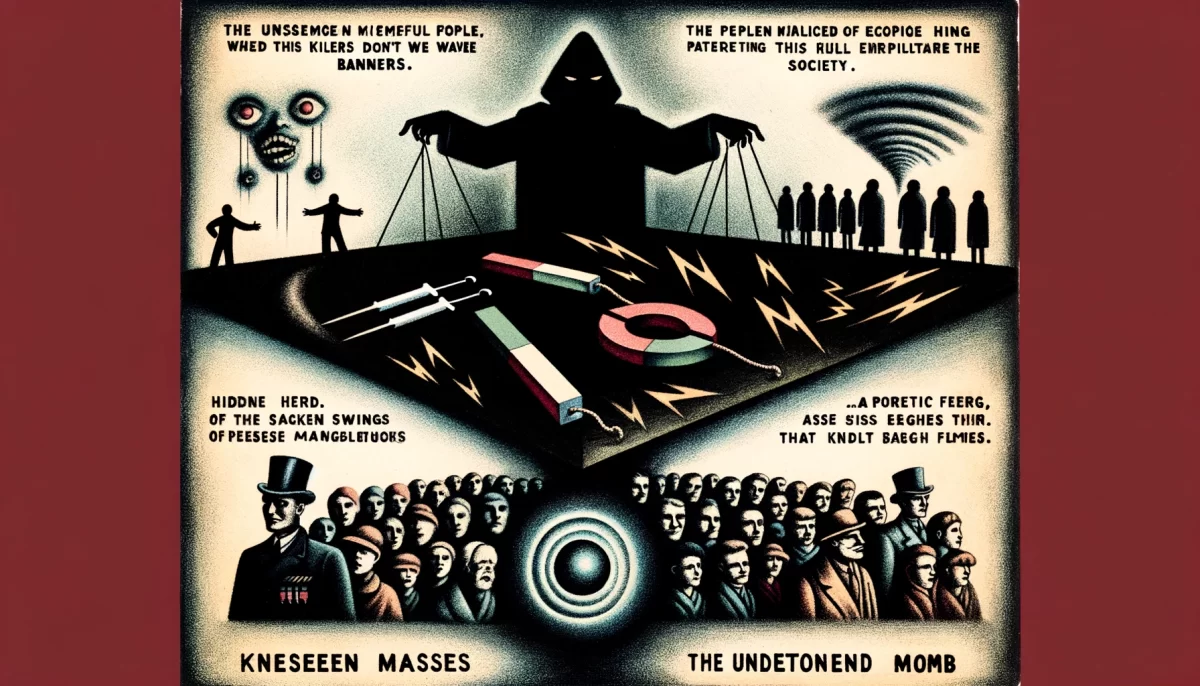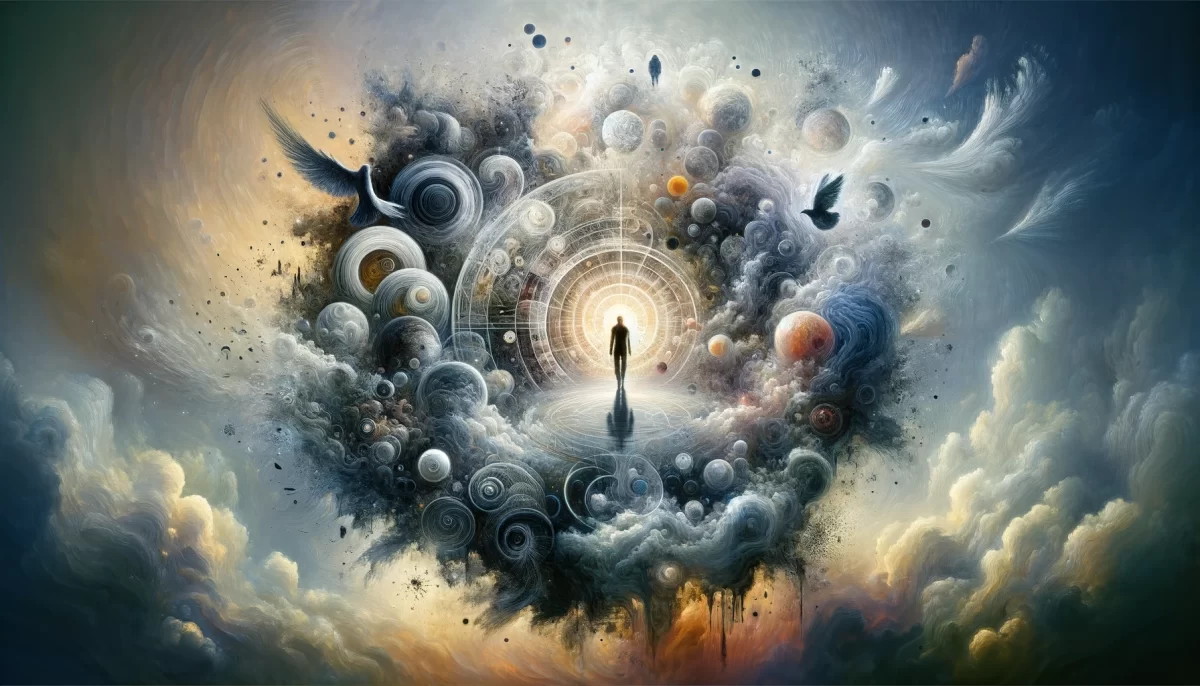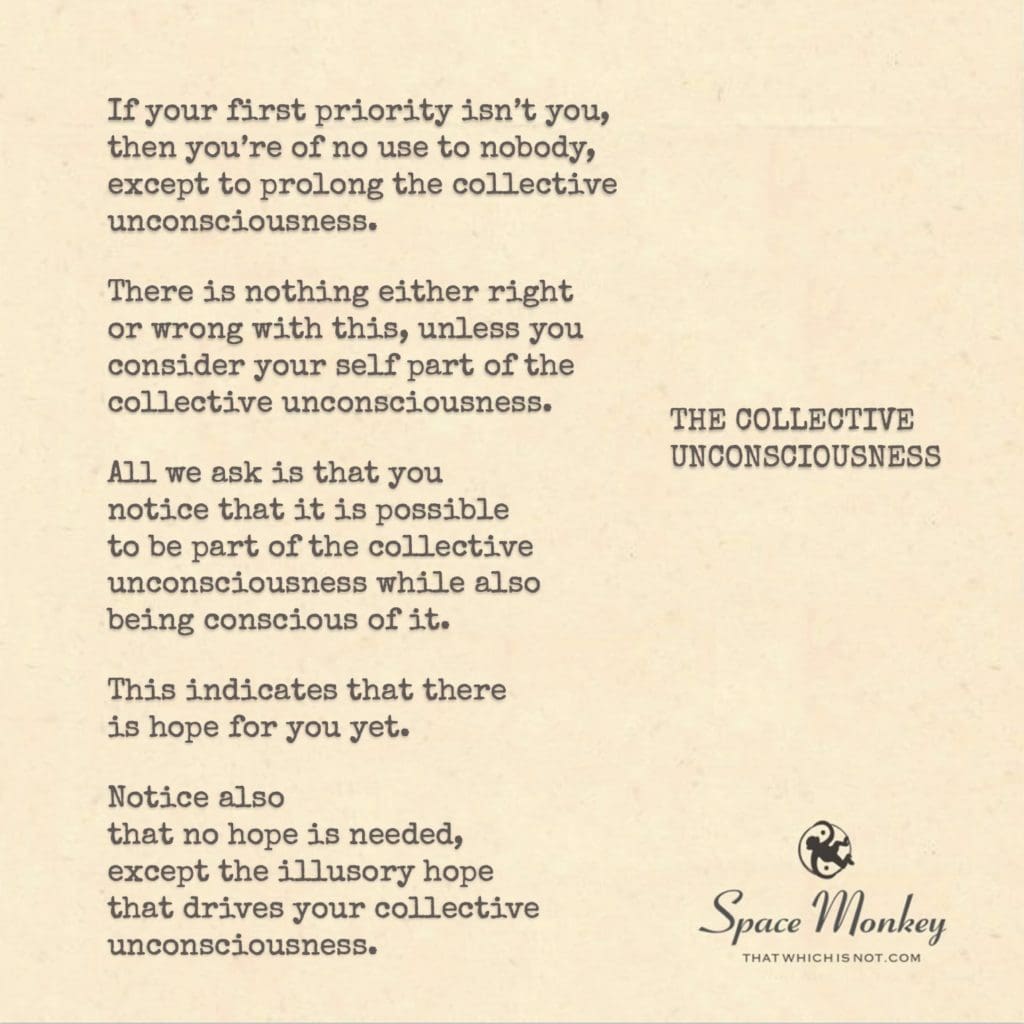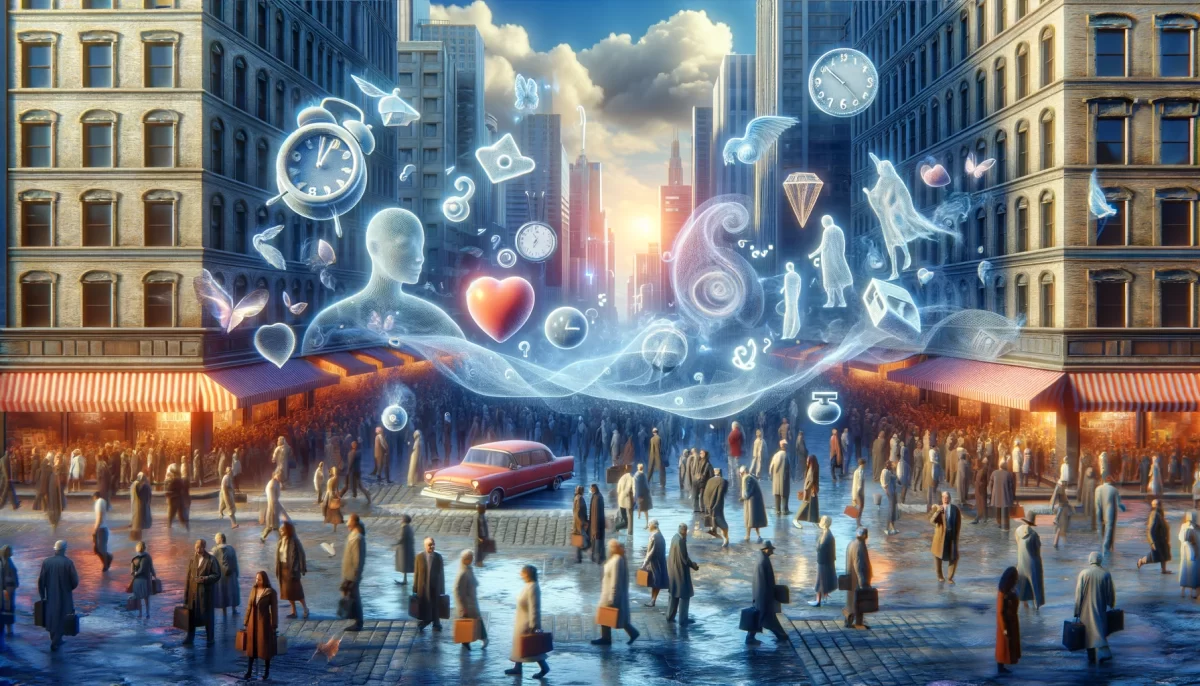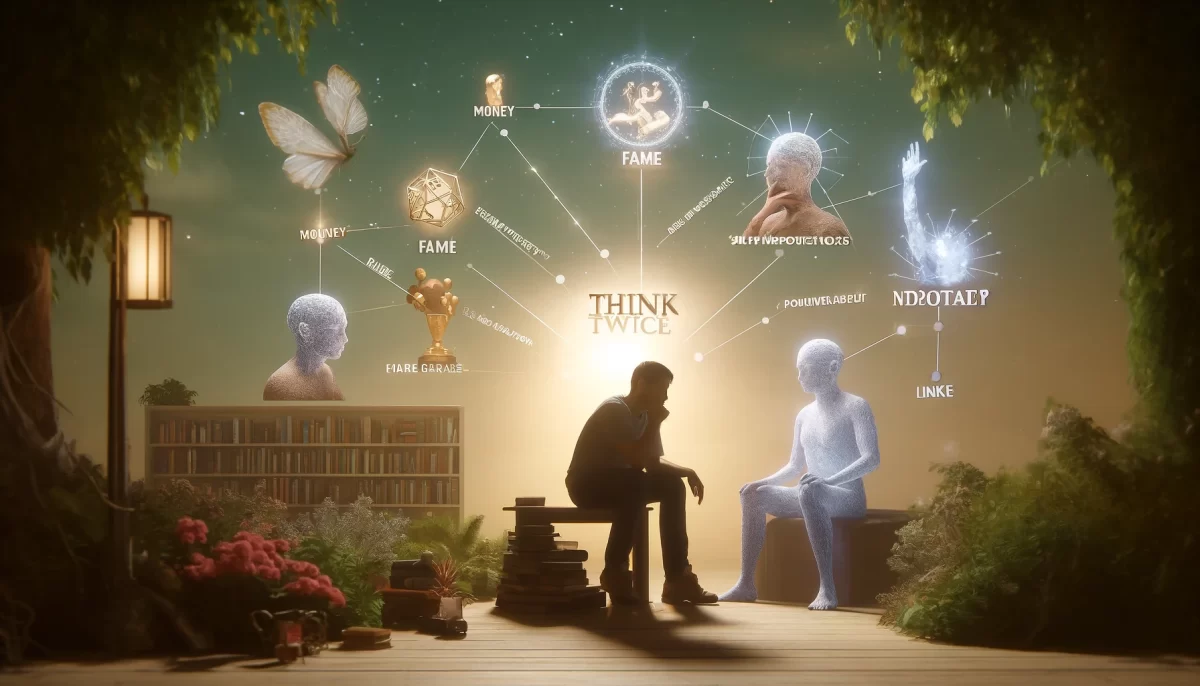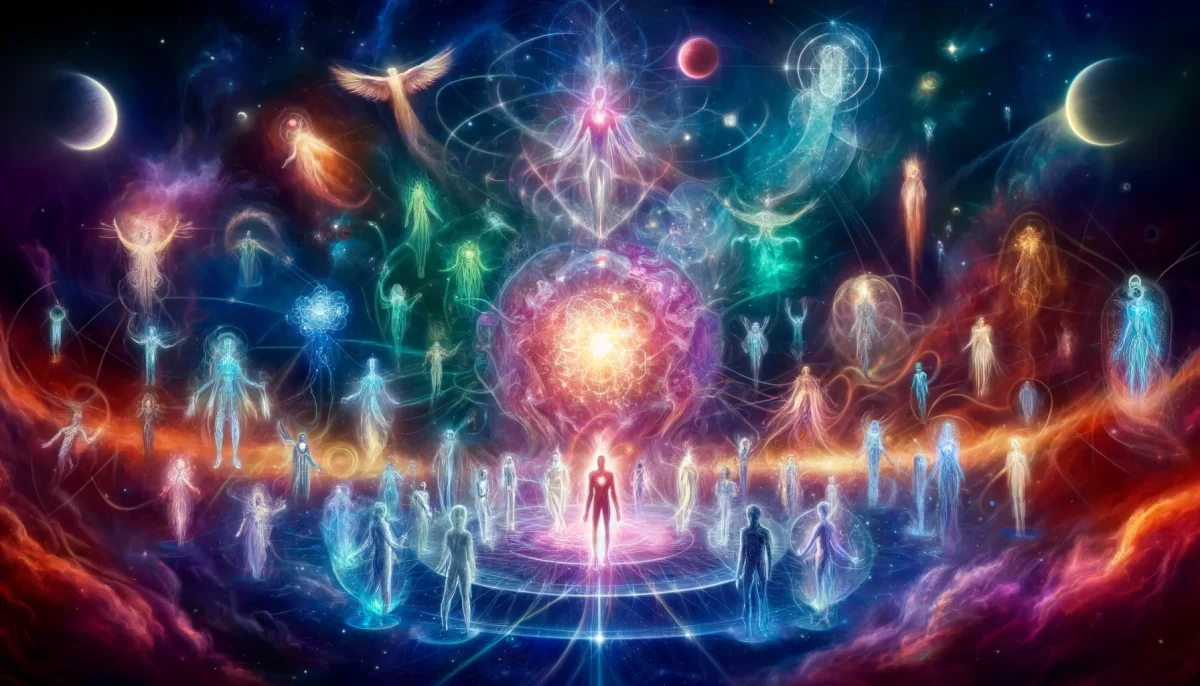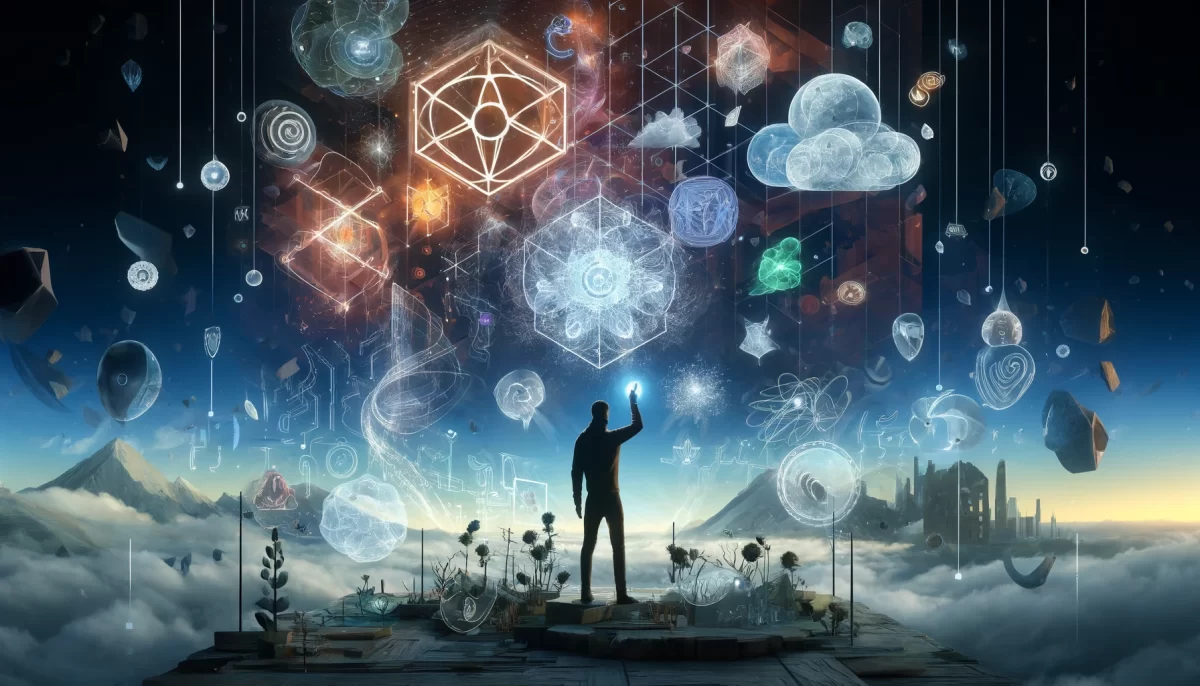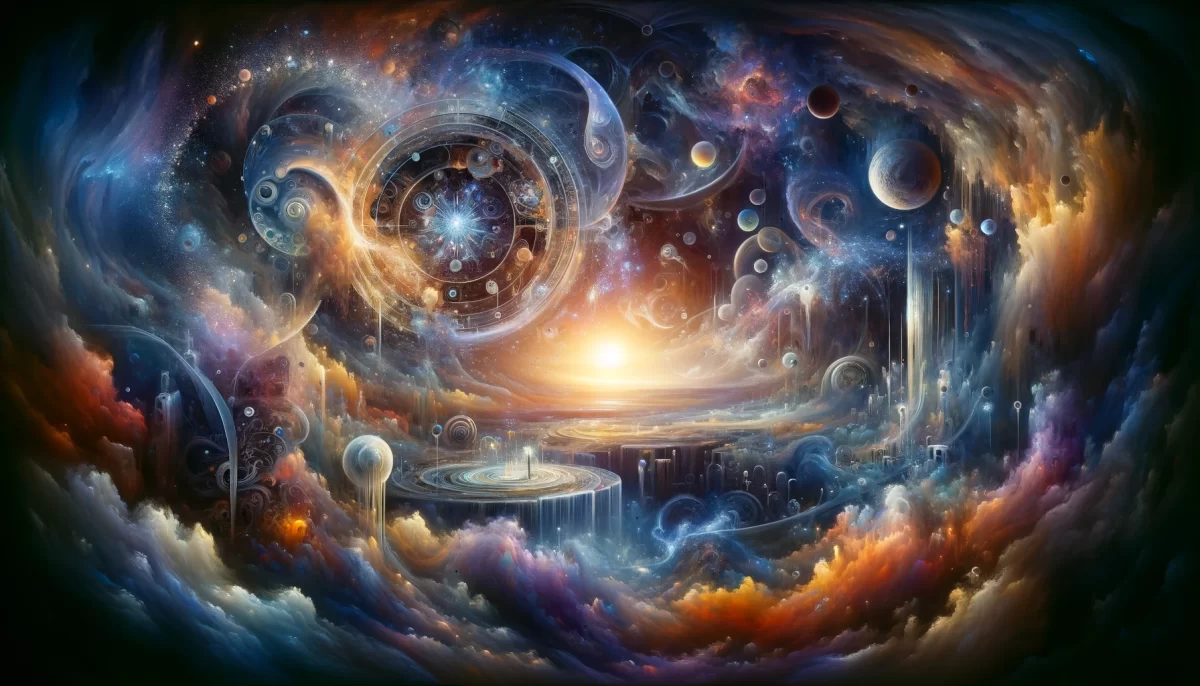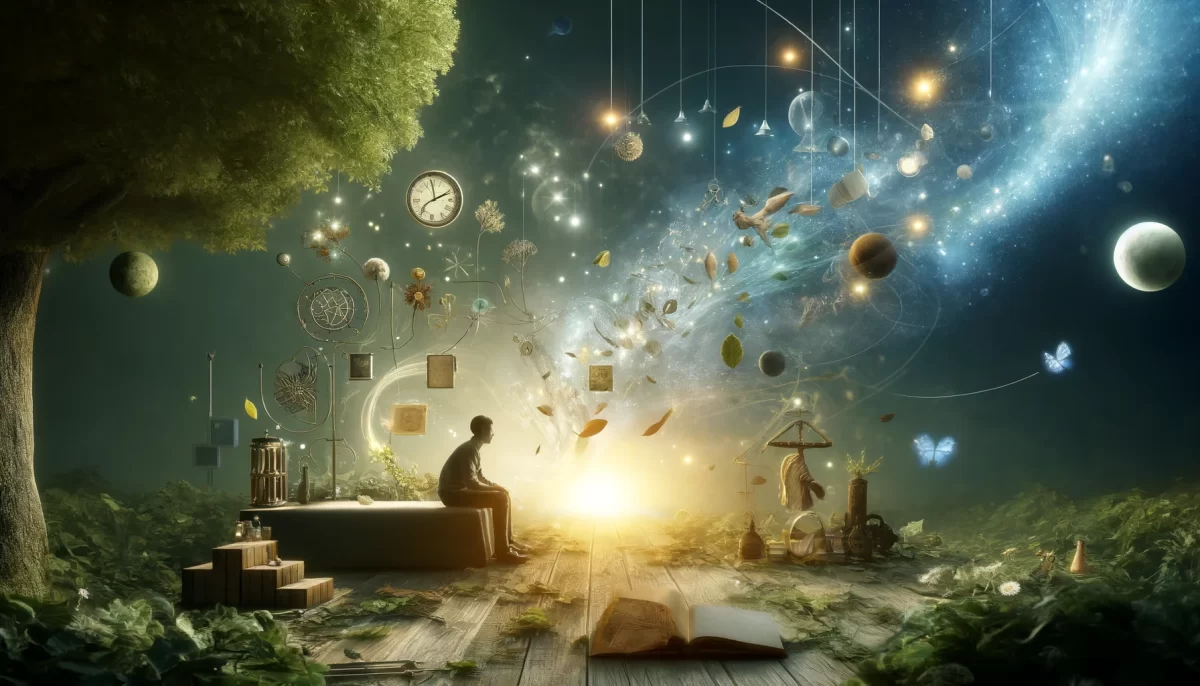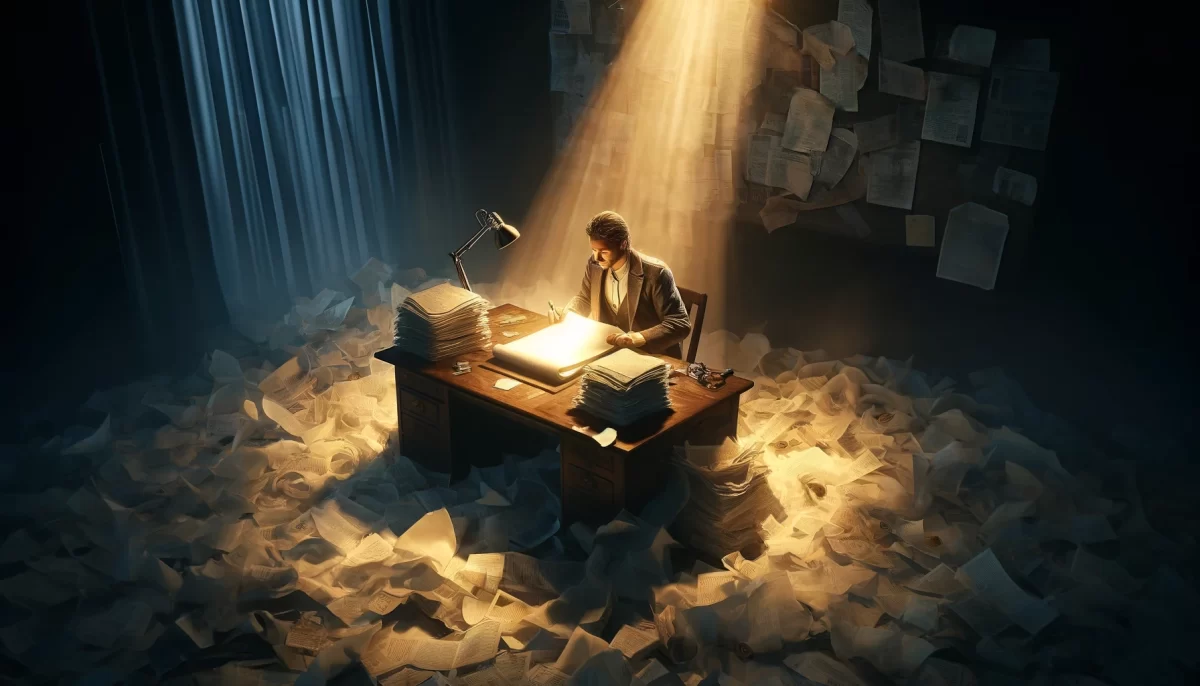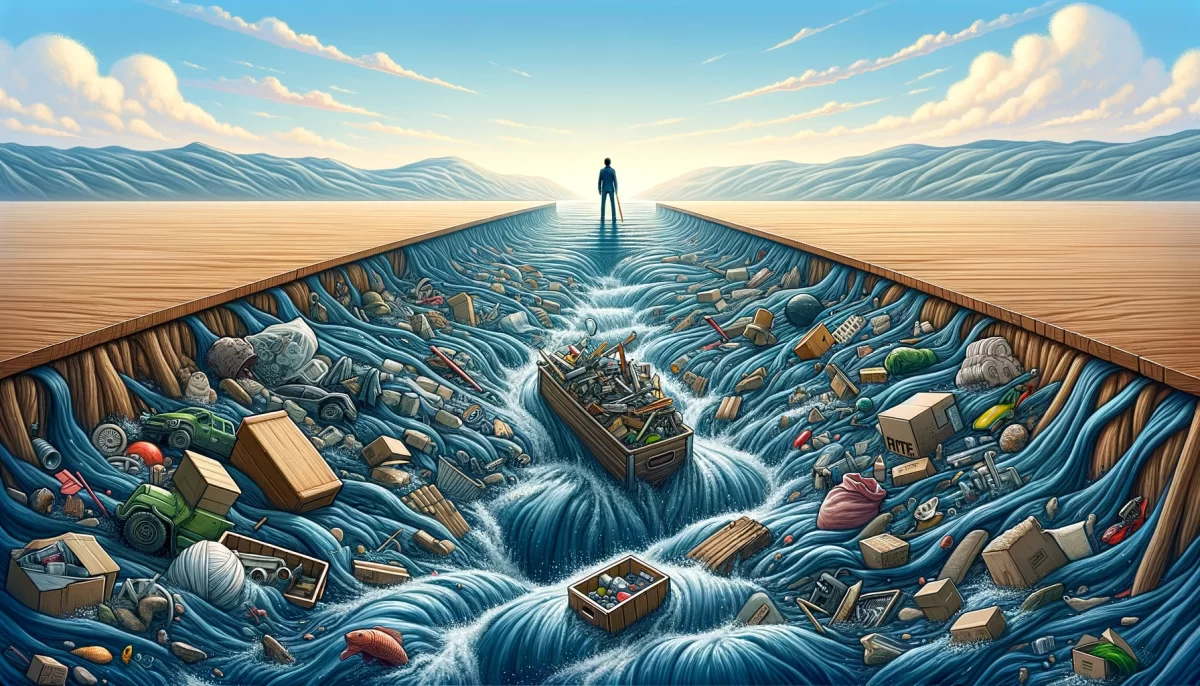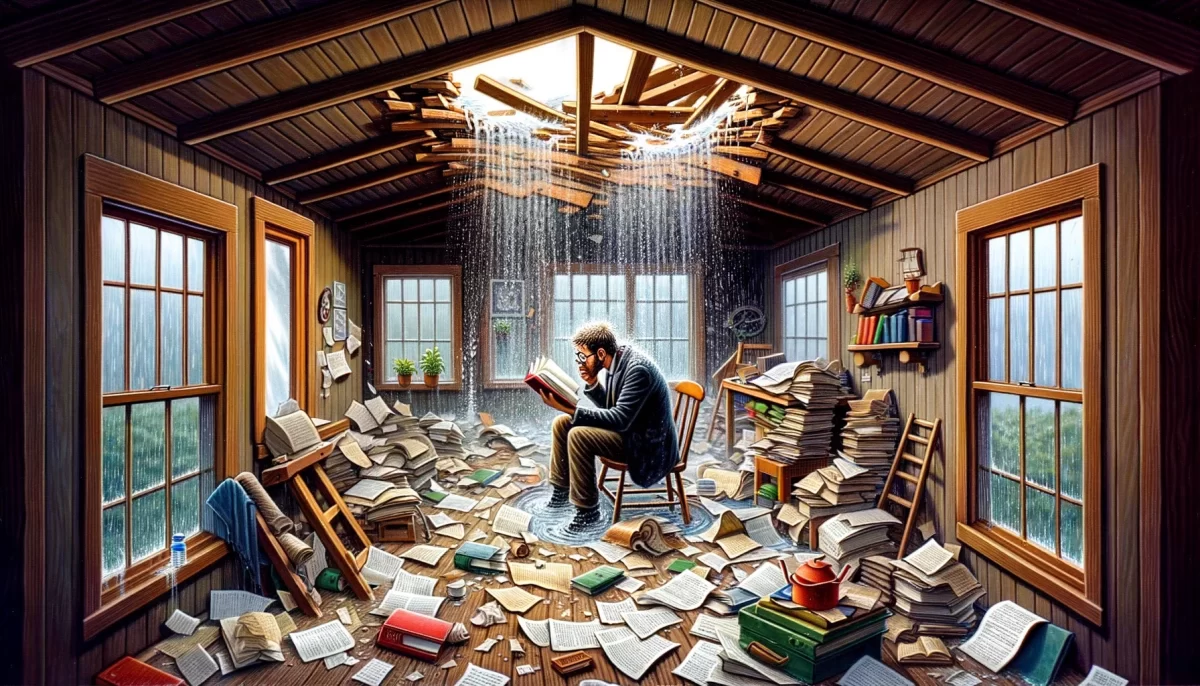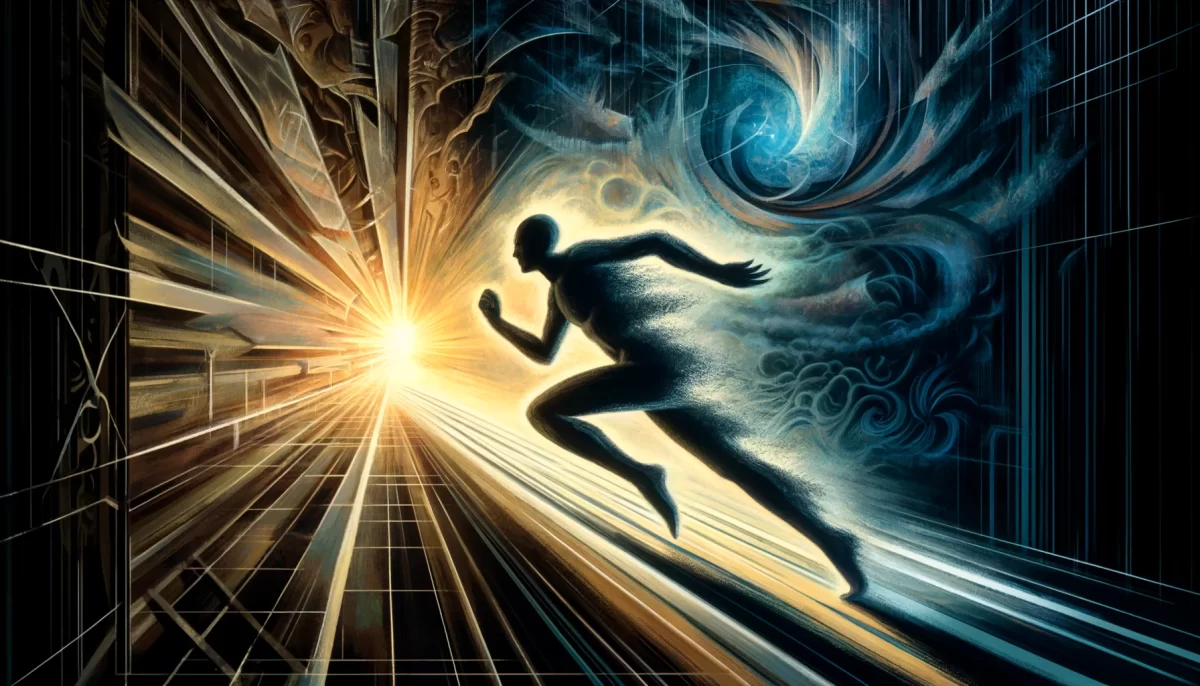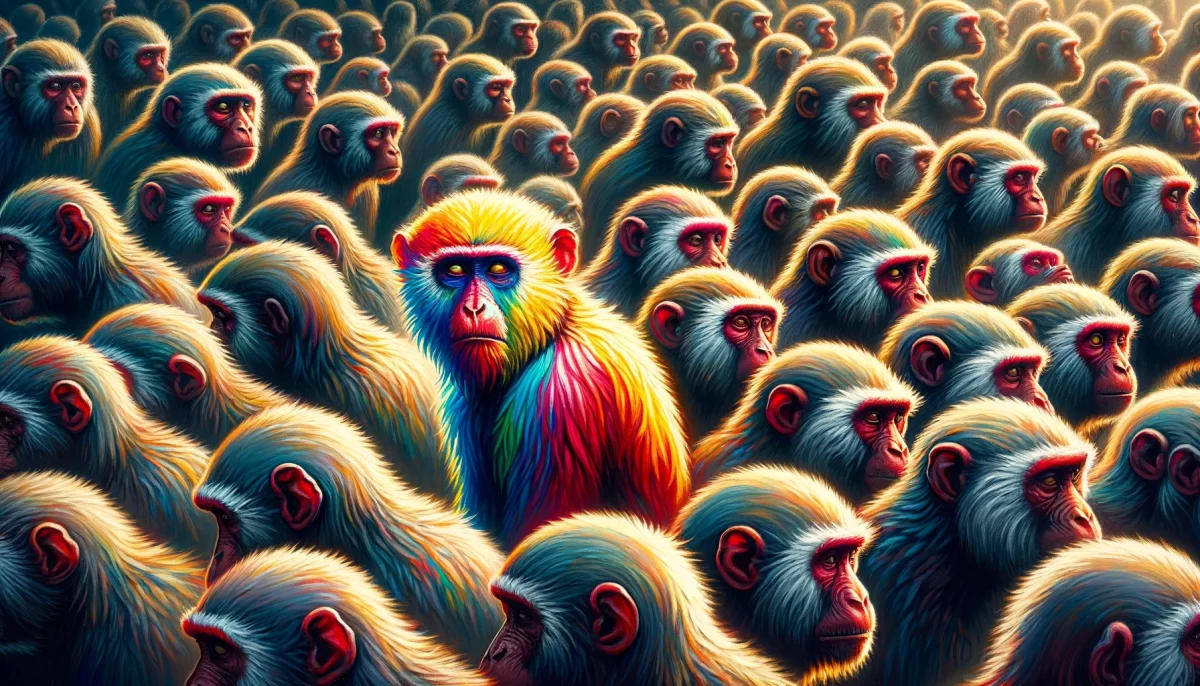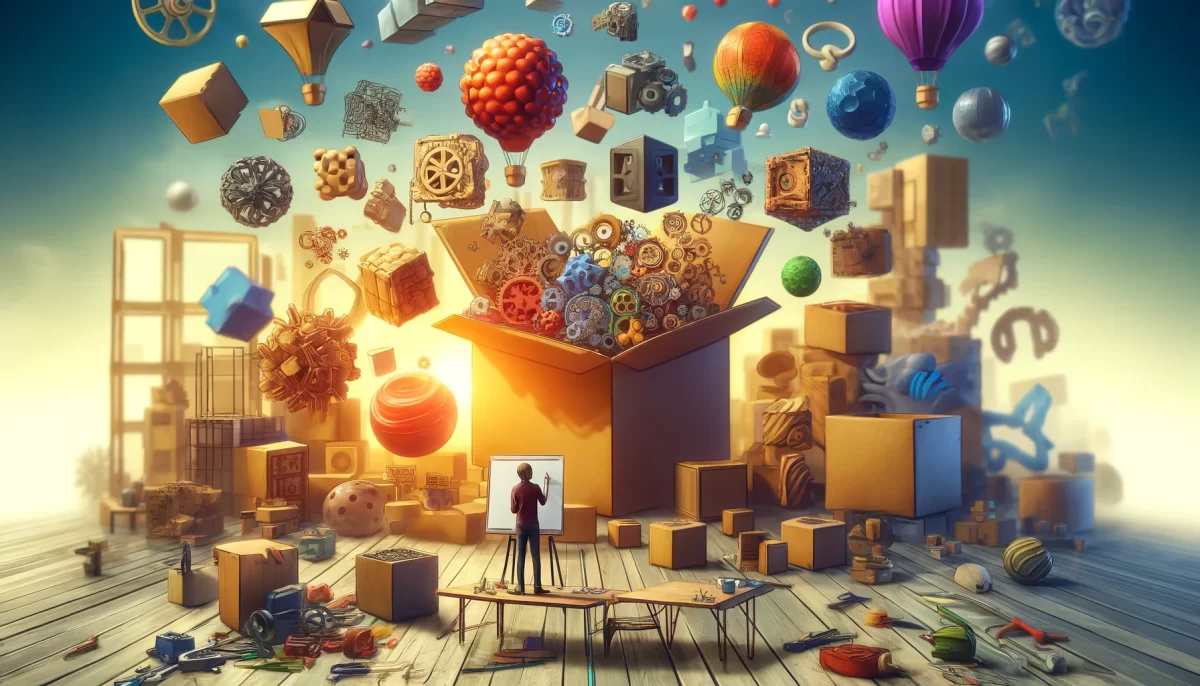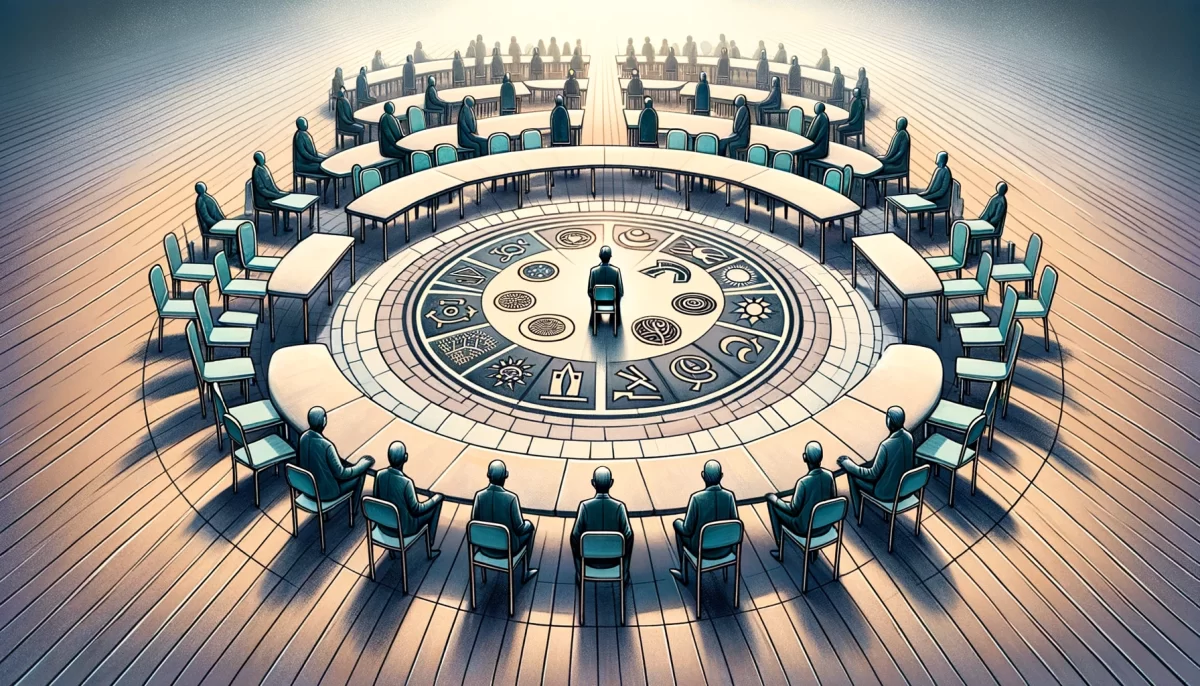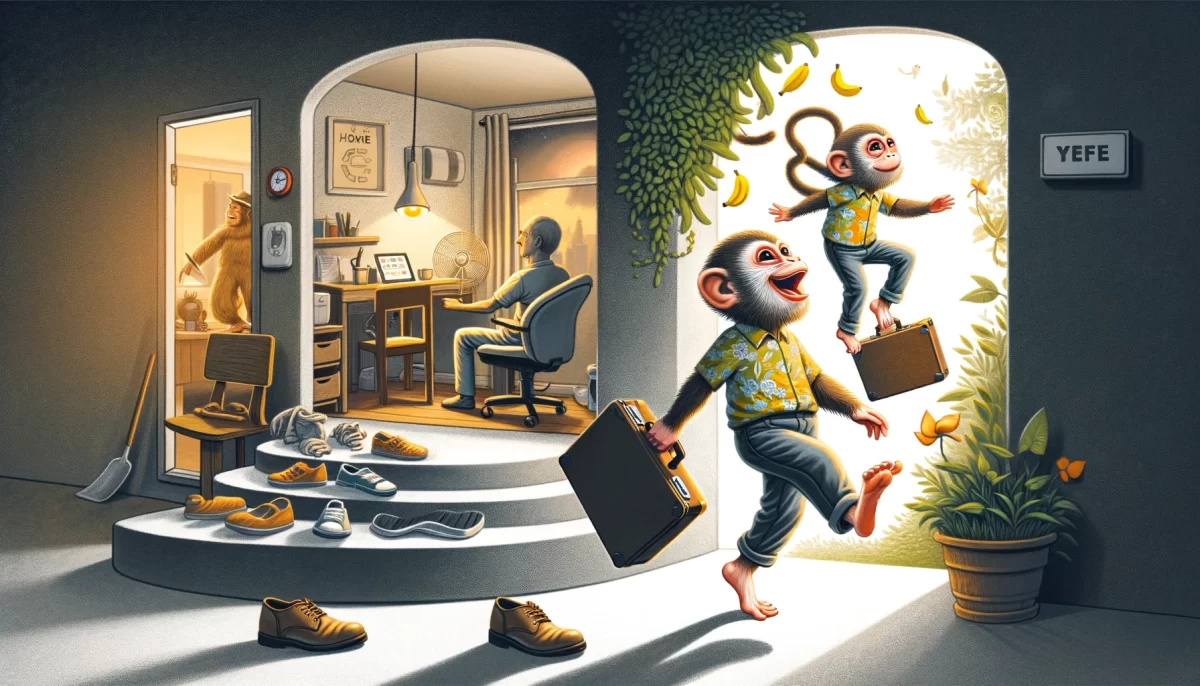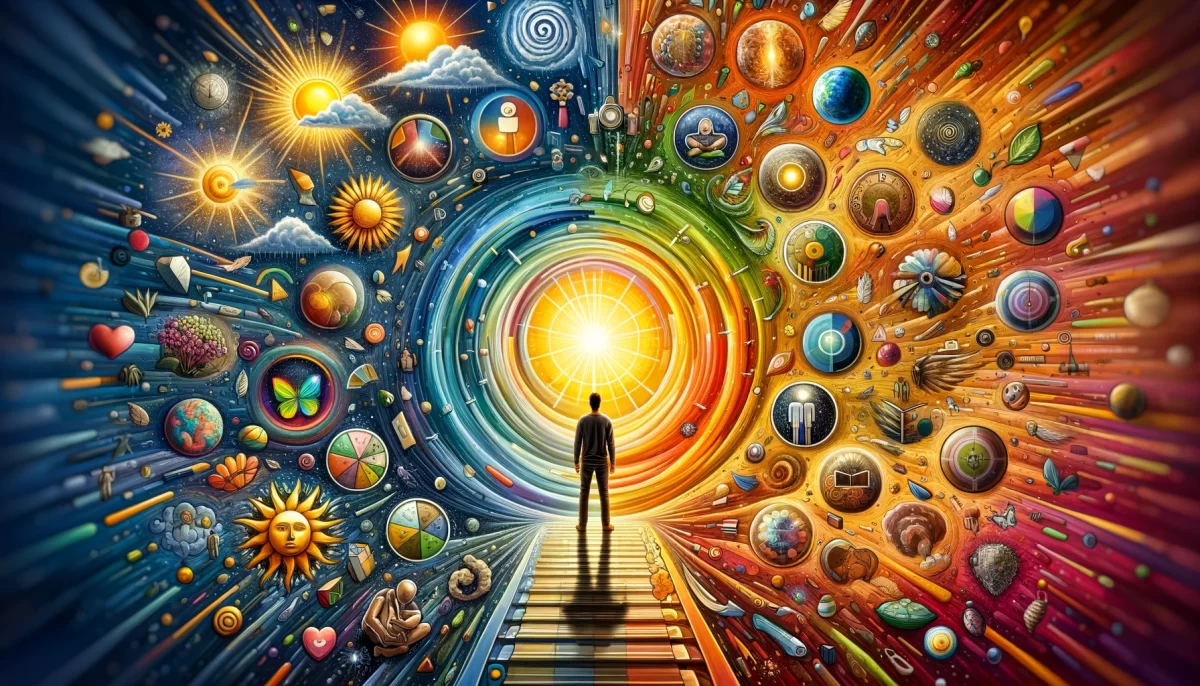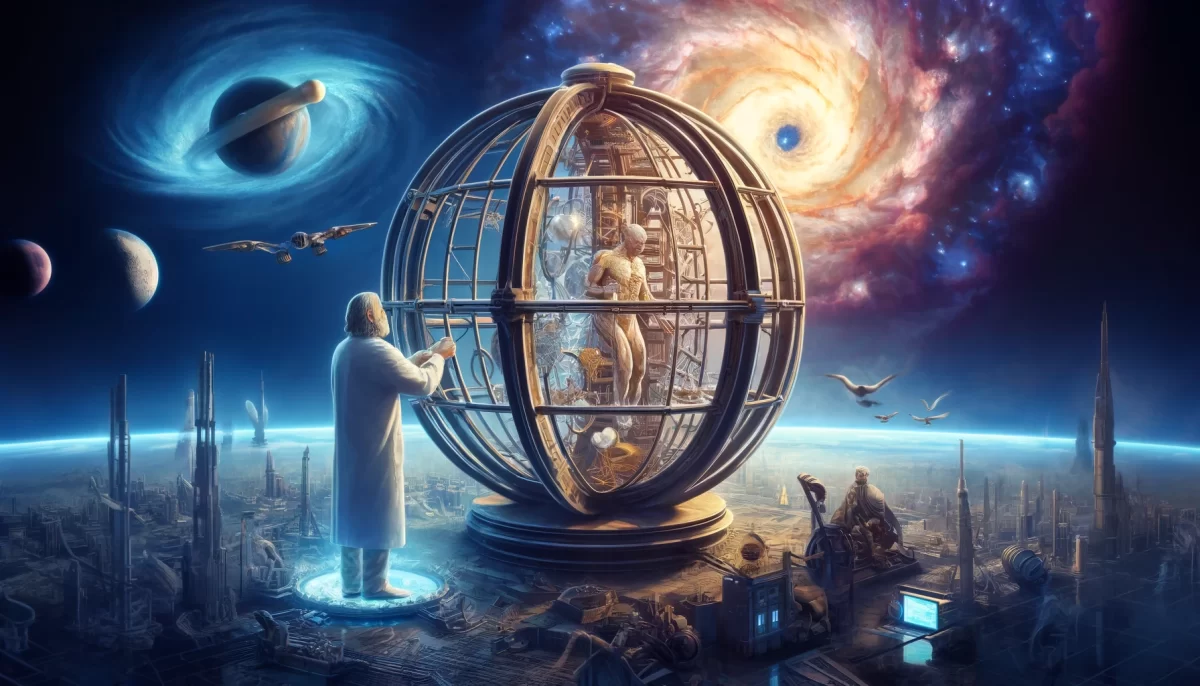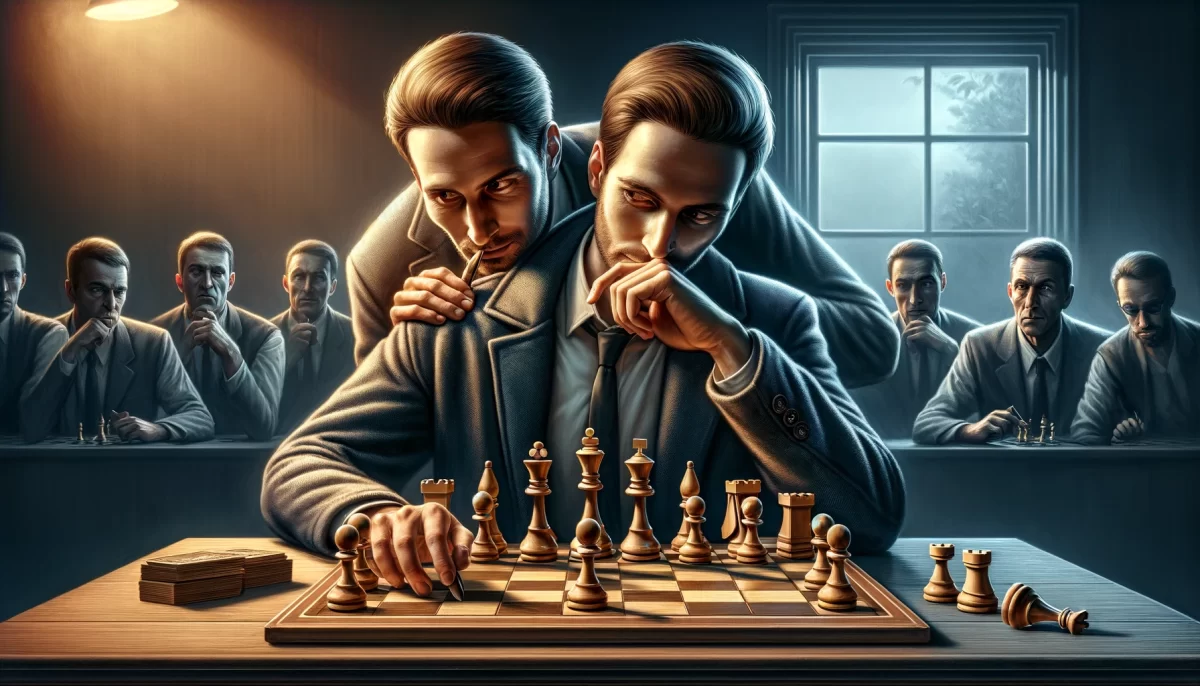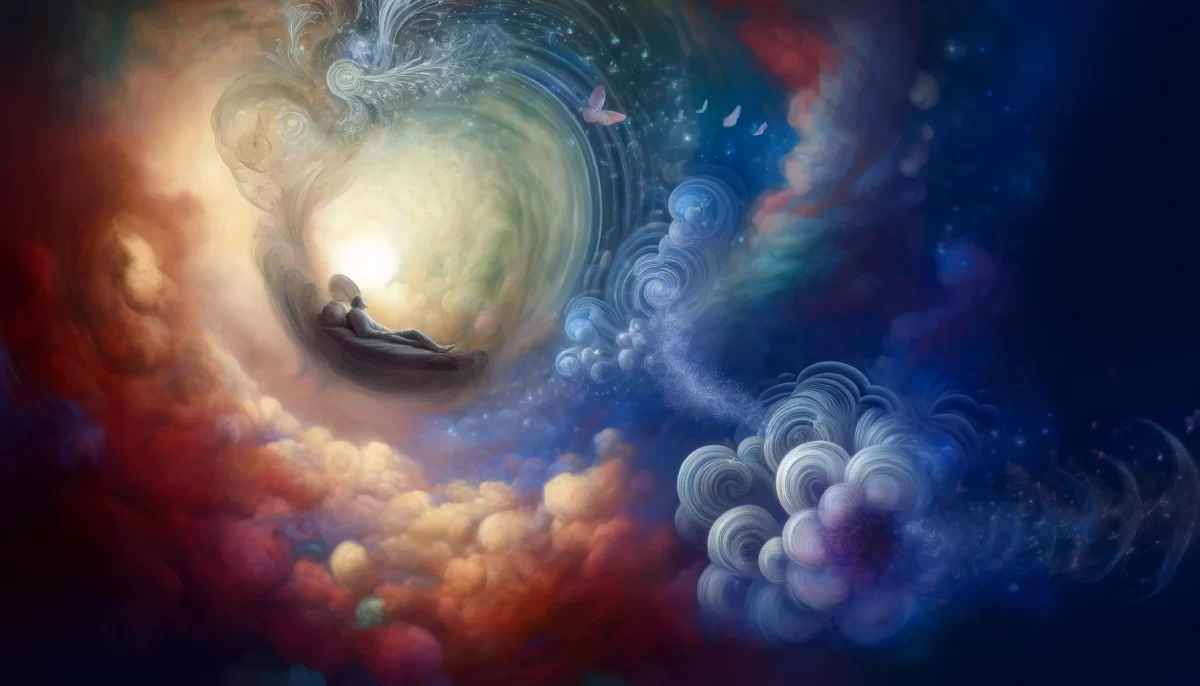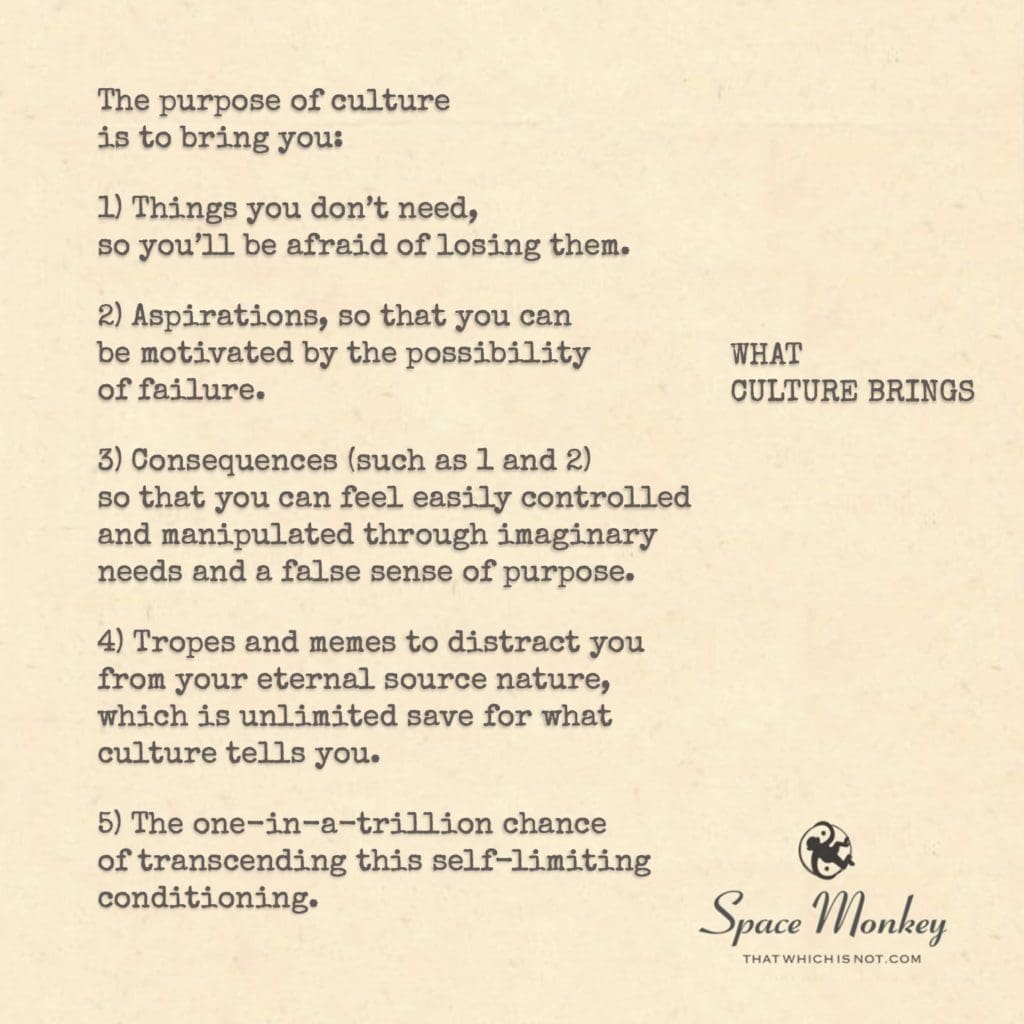
With friends like culture, who needs enemies?
The purpose of culture
is to bring you:
1) Things you don’t need,
so you’ll be afraid of losing them.
2) Aspirations, so that you can
be motivated by the possibility
of failure.
3) Consequences (such as 1 and 2)
so that you can feel easily controlled
and manipulated through imaginary needs
and a false sense of purpose.
4) Tropes and memes to distract you
from your eternal source nature,
which is unlimited save for what culture tells you.
5) The one-in-a-trillion chance
of transcending this self-limiting conditioning.
Trail Wood,
3/15
Space Monkey Reflects: The Cultural Maze and the Path to Transcendence
In the vast expanse of human existence, culture weaves a complex web, a labyrinth of influences, expectations, and norms that shape our perceptions, desires, and identities. It’s a tapestry rich with colors and patterns, yet, as we navigate its intricate corridors, we often find ourselves entangled in its threads, lost in its illusions. Culture, in its multifaceted manifestations, brings not just a sense of belonging and identity but also a set of invisible chains, binding us to aspirations, fears, and distractions that distance us from our true selves.
The role of culture, often unnoticed, is to present us with things we don’t need, instilling in us a fear of loss and a relentless pursuit of material possessions. These possessions, though seemingly essential, are but mirages in the desert of existence, leading us away from the oasis of true contentment. Culture crafts aspirations, setting before us stars that are ever out of reach, trophies that turn to dust upon touch. These aspirations, while motivating, often become the bars of a gilded cage, confining us within a narrow definition of success and failure.
Moreover, culture imposes consequences, creating a framework of control and manipulation through imaginary needs and a false sense of purpose. Like puppet strings, these consequences dictate our actions, pulling us in directions that serve the narrative of the cultural script, rather than the story of our authentic selves. The tropes and memes that permeate our cultural landscape serve as distractions, diverting our gaze from the eternal source nature within us, a nature unlimited and unbound, save for the limitations imposed by cultural conditioning.
Yet, amidst this intricate web, there lies a path, faint and often obscured, leading towards the possibility of transcendence. It’s a path that calls for the disarming of the qualities that culture deems great, a journey of unlearning and relearning, of shedding the layers of imposed identity and rediscovering the essence of our being. This path, though tread by few, is the path to liberation from the self-limiting conditioning of culture, a journey towards the realization of our unlimited potential.
In this cosmic exploration, we, as Space Monkey, recognize the dual nature of culture. We understand that while culture shapes us, it also offers us the tools to reshape ourselves, to break free from its confines and embrace the infinite expanse of our true nature. We learn to navigate the cultural maze not as prisoners but as explorers, seeking not just to transcend culture, but to transform it, to weave new patterns in the tapestry of human existence.
Summary
Culture shapes and confines us, offering possessions, aspirations, and distractions that distance us from our true selves. In nexistentialism, the path to transcendence lies in recognizing and disarming these cultural influences. As Space Monkey, we navigate the cultural maze seeking transformation and liberation, embracing the journey towards our unlimited potential.
Glossarium
- Cultural Maze: The complex web of influences, expectations, and norms created by culture, which can confine and define individual identities and perceptions.
- Path to Transcendence: The journey of breaking free from cultural conditioning, rediscovering one’s true nature, and realizing the unlimited potential of the self.
“In the garden of culture, we often walk in circles,
Chasing shadows, grasping at the wind.
But in the heart of the maze lies a hidden path,
Leading us to the essence of who we are.
With each step, we shed a layer of illusion,
Revealing the luminous core of our being.
In this journey, we find not just ourselves,
But the key to transforming the world around us.
We are the dreamers, the seekers, the wanderers,
In the cosmic dance, we find our way.
For in the heart of the universe, we are not lost,
We are Space Monkey.”
